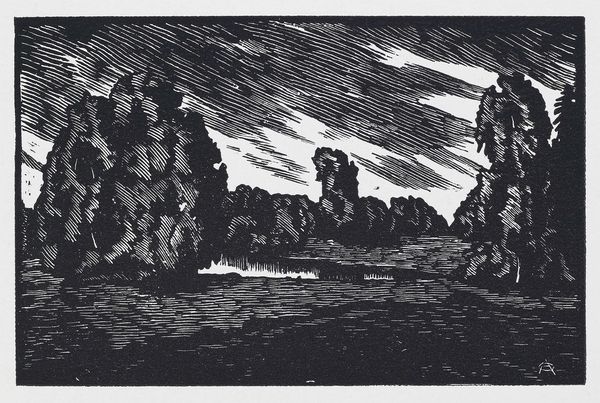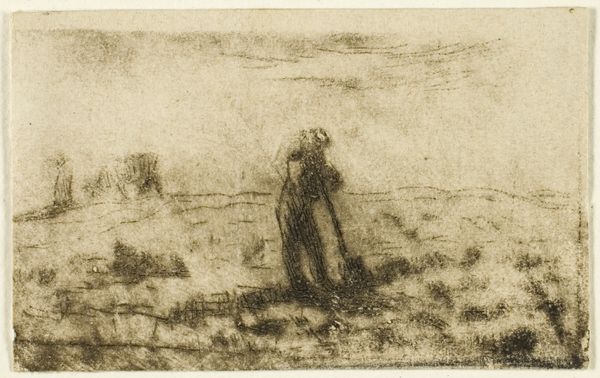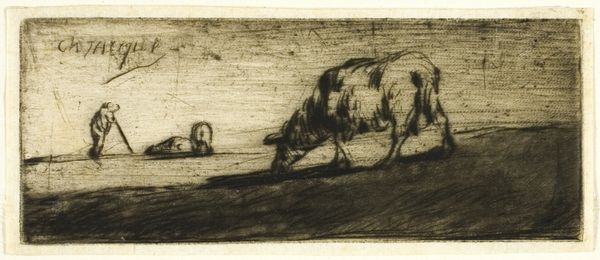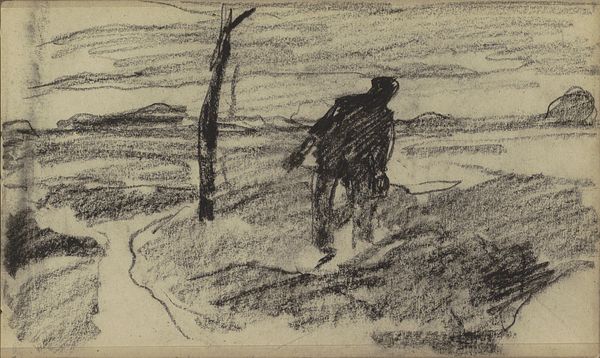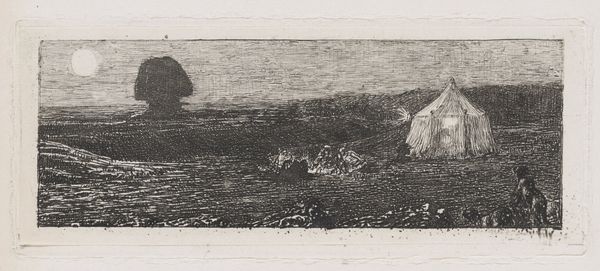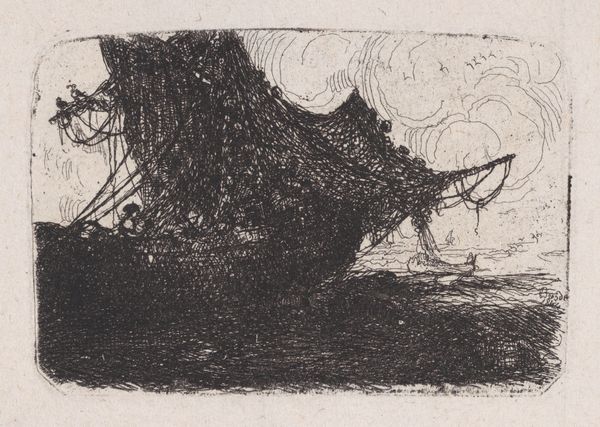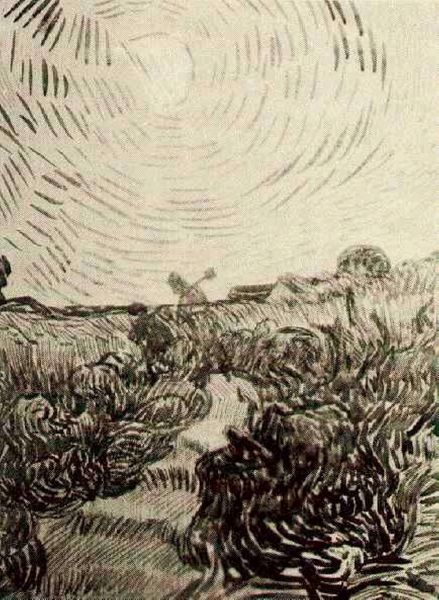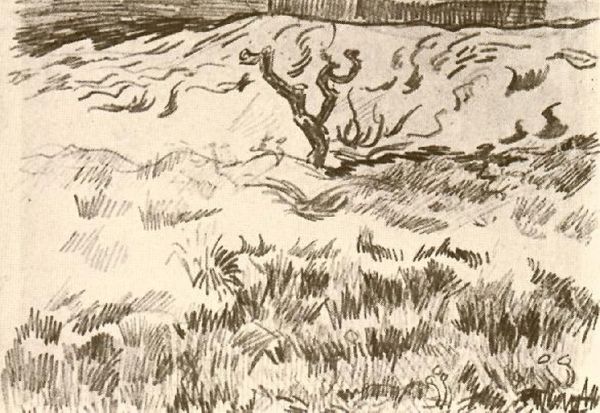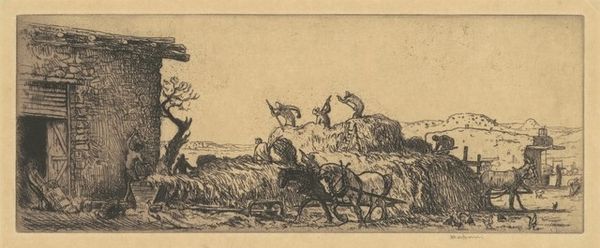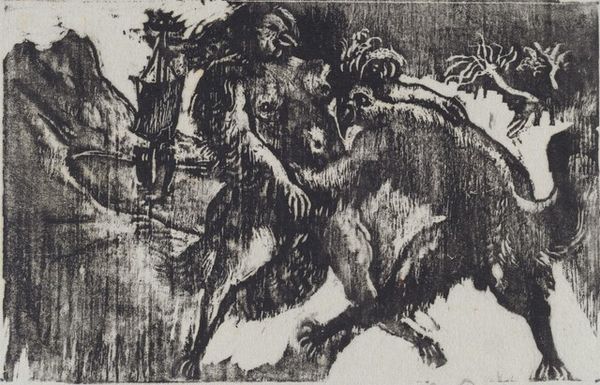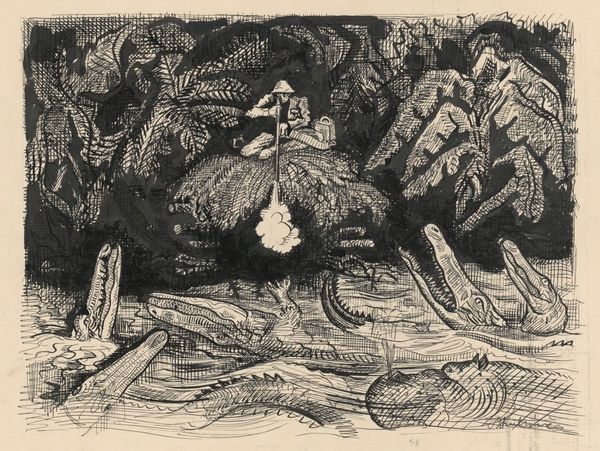
drawing, pencil, charcoal
#
drawing
#
dutch-golden-age
#
pencil sketch
#
landscape
#
pencil
#
genre-painting
#
charcoal
#
realism
Copyright: Rijks Museum: Open Domain
Editor: Here we have Willem Witsen's "Man op het land, mogelijk een aardappelrooier" from around 1888, created with pencil and charcoal. It has a rather somber mood, reflecting what appears to be arduous manual labor. What do you make of this work? Curator: Looking at this piece, I'm drawn to consider the materiality and the social conditions of its making. Witsen's choice of readily available, inexpensive materials like pencil and charcoal speaks to accessibility. This wasn’t about elaborate techniques, but rather capturing a moment of labor. How does this choice of media connect to the representation of the working class figure? Editor: It’s interesting to think of the accessibility of the materials mirroring the artist’s intention to depict the life of a common laborer, democratizing the subject matter, almost. Curator: Precisely. Consider the deliberate crudeness in the marks. They lack polish, mirroring the raw, physical reality of agricultural work. The charcoal almost blends the figure *into* the land. This isn't a glorification of the rural idyll, but rather a confrontation with the realities of production, of food and its extraction from the land. What's the social impact when art shifts to depict and prioritize laborers and their means of production? Editor: It’s like the artwork itself is participating in that labor cycle, turning observation into a statement about social reality. The act of drawing becomes another form of work. Curator: Exactly. The value here isn't aesthetic beauty in the traditional sense but resides in the material connection to the represented subject and how it comments on production and social hierarchies. Editor: I never thought about a drawing in quite this way – the materials and the marks being so connected to the social statement of the work. Curator: Thinking about art as a form of labor allows us to ask important questions about its value, both artistic and economic. It also provides insight into the choices artists make when creating.
Comments
No comments
Be the first to comment and join the conversation on the ultimate creative platform.

